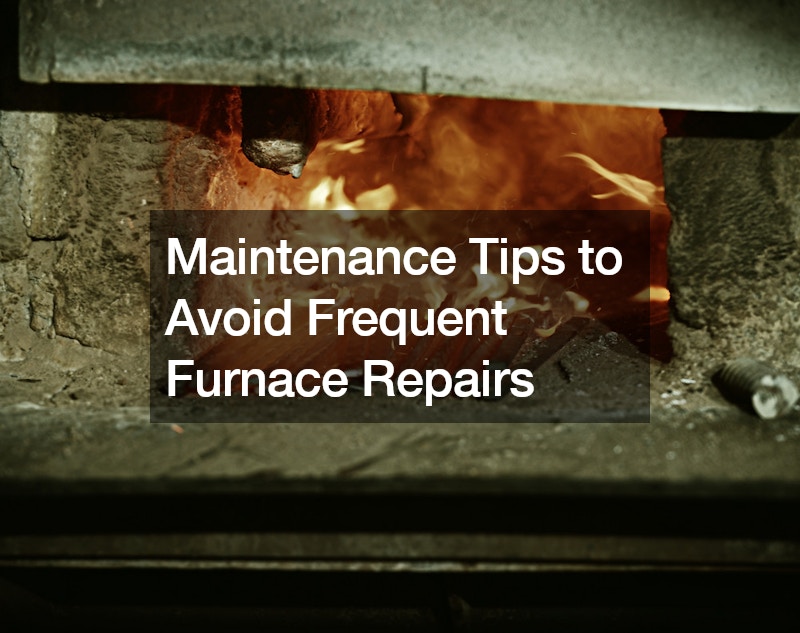This guide shows how to conduct annual furnace maintenance. It breaks down everything into four easy steps: safety first, checking the air filter, cleaning the furnace, and running a test run. Start by turning off the electricity and gas to your furnace. Then, find the air filter and swap it for a new one if it’s dirty.
Most air filters require replacement every three months. But it depends on your home and other factors.
Make sure you put the new filter in the right way, with the arrow pointing how it should. The next step is cleaning the furnace itself. The most important thing here is the flame sensor, which can stop working if it gets all gunky.
Use a brush, sandpaper, or even a dollar bill to clean it. You can also vacuum inside the furnace and blow on the circuit board with some compressed air to remove the dust bunnies. The last step is to run your furnace through a cycle to ensure everything’s working well. Turn the power and gas back on, and increase the heat. You should hear the inducer draft motor start-up first. Then the hot surface igniter will glow red-hot.
Afterward, the gas valve will open and light the flame. The furnace fan kicks on and blows warm air out of the vents. While all this is happening, listen out for any weird noises and check to see if the flames are blue. If the flames are orange, that could mean there’s a problem with the heat exchanger. And that’s a job for a furnace repair expert.
.
This guide shows how to conduct annual furnace maintenance. It breaks down everything into four easy steps: safety first, checking the air filter, cleaning the furnace, and running a test run. Start by turning off the electricity and gas to your furnace. Then, find the air filter and swap it for a new one if it’s dirty.
Most air filters require replacement every three months. But it depends on your home and other factors.
Make sure you put the new filter in the right way, with the arrow pointing how it should. The next step is cleaning the furnace itself. The most important thing here is the flame sensor, which can stop working if it gets all gunky.
Use a brush, sandpaper, or even a dollar bill to clean it. You can also vacuum inside the furnace and blow on the circuit board with some compressed air to remove the dust bunnies. The last step is to run your furnace through a cycle to ensure everything’s working well. Turn the power and gas back on, and increase the heat. You should hear the inducer draft motor start-up first. Then the hot surface igniter will glow red-hot.
Afterward, the gas valve will open and light the flame. The furnace fan kicks on and blows warm air out of the vents. While all this is happening, listen out for any weird noises and check to see if the flames are blue. If the flames are orange, that could mean there’s a problem with the heat exchanger. And that’s a job for a furnace repair expert.
.


